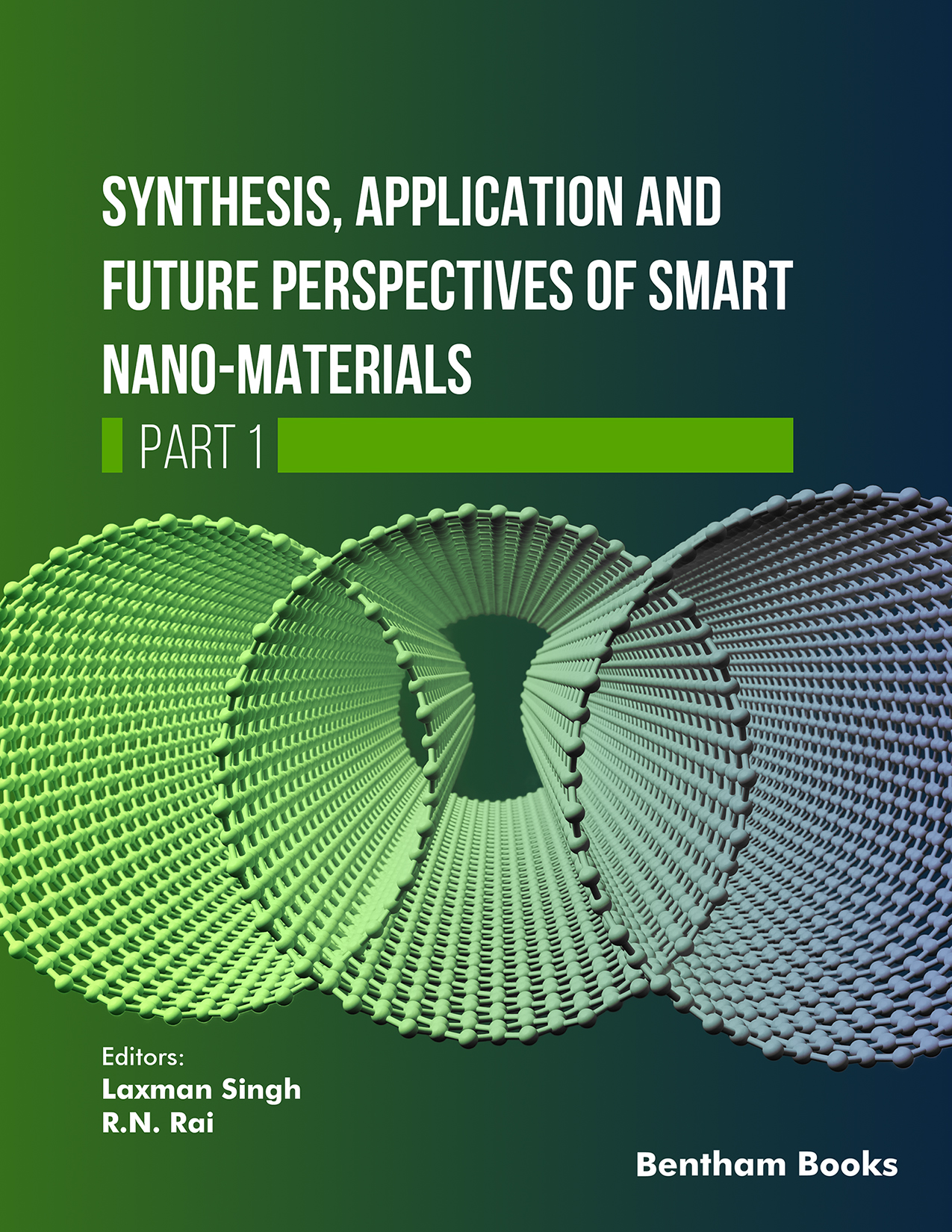Introduction
Synthesis, Application and Future Perspectives of Smart Nano-materials (Part 1) provides a comprehensive overview of the latest advancements in smart nanomaterials, their synthesis, and diverse applications. This book explores nanomaterials' design, fabrication, and functionality, covering key areas such as catalysis, energy storage, environmental remediation, and biomedical applications. Topics include catalytic hydrogen evolution reactions, core-shell metal/carbon nanomaterials, carbon quantum dots, nanostructured metal oxides, and TiO₂ nanoparticles. It bridges fundamental concepts with real-world applications, fostering innovation in next-generation materials.
Key Features:
- - Covers synthesis, characterization, and applications of smart nanomaterials.
- - Explores nanomaterials for catalysis, energy storage, and environmental applications.
- - Discusses advanced fabrication techniques and future technological prospects.
Readership
Ideal for students, researchers, academicians, and professionals in nanoscience and nanotechnology.

